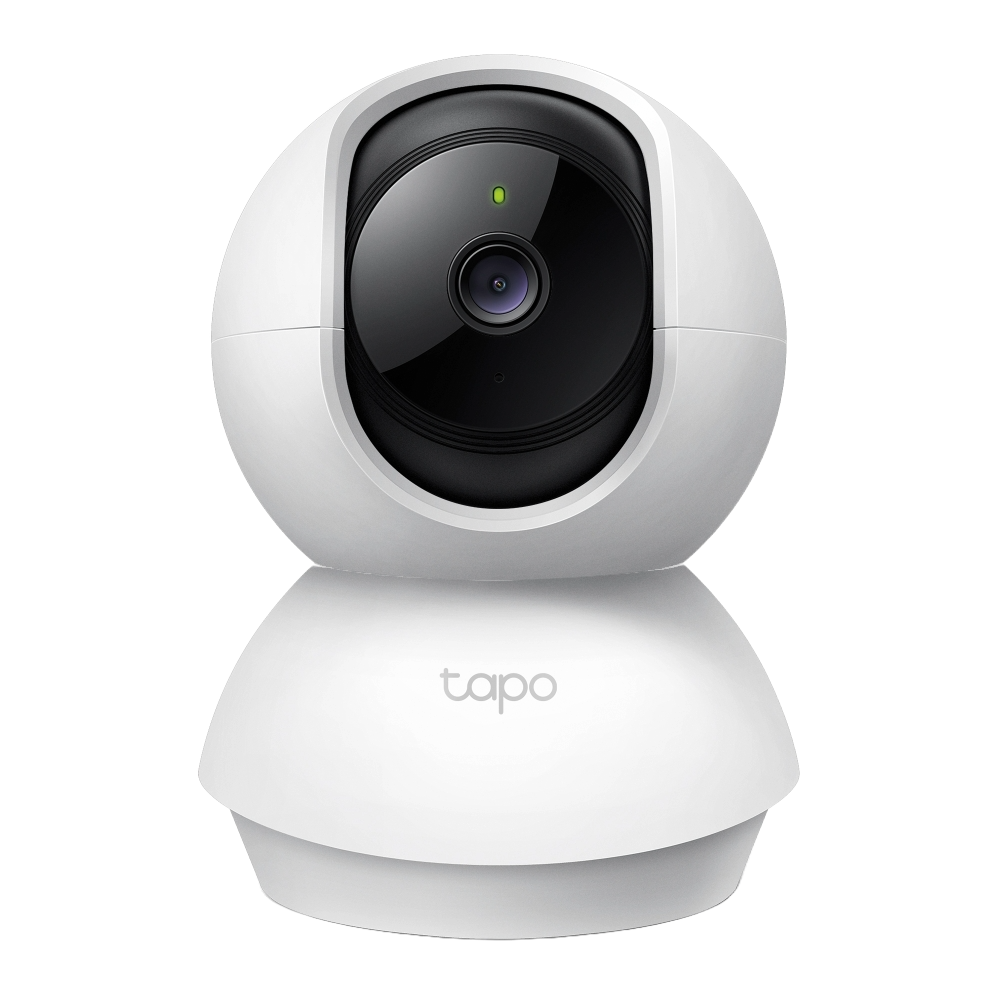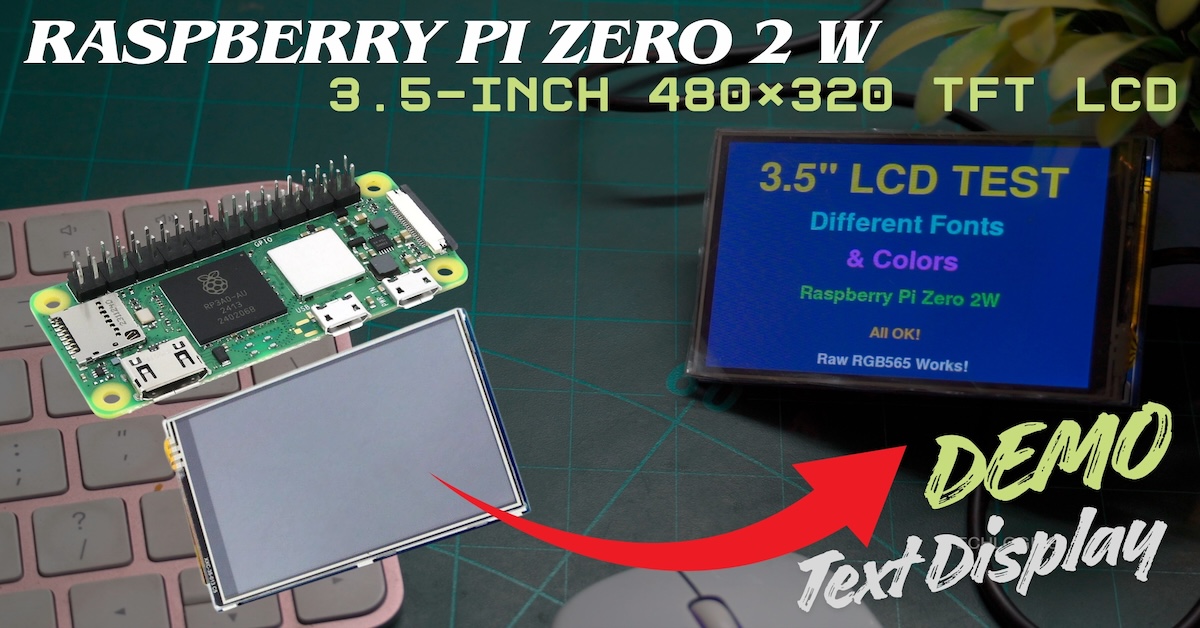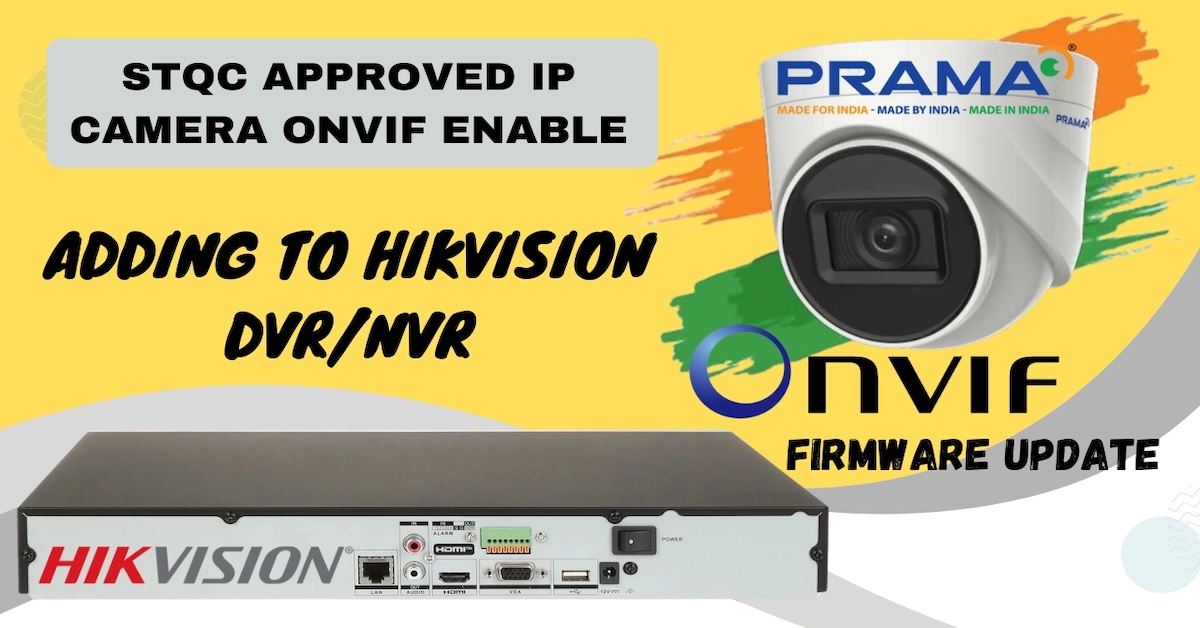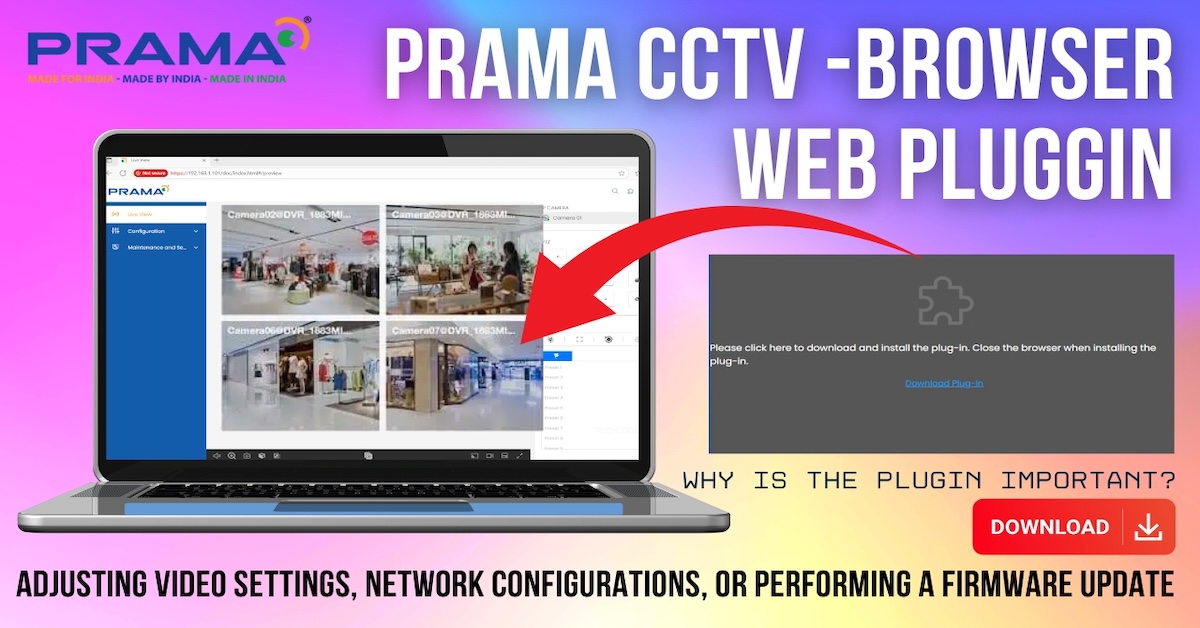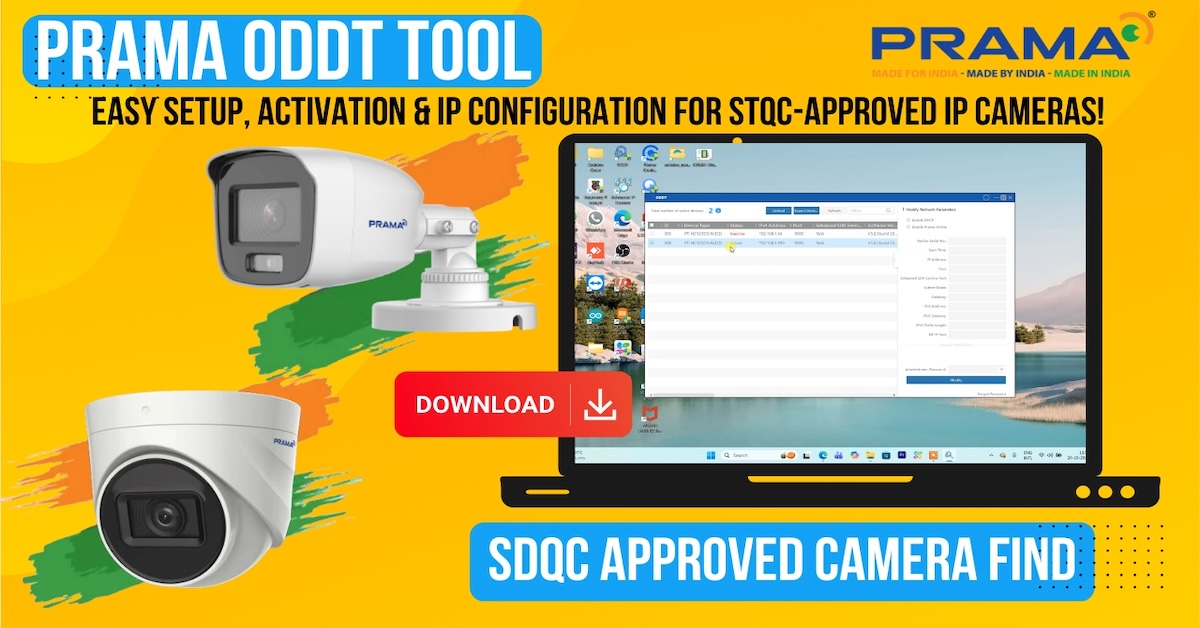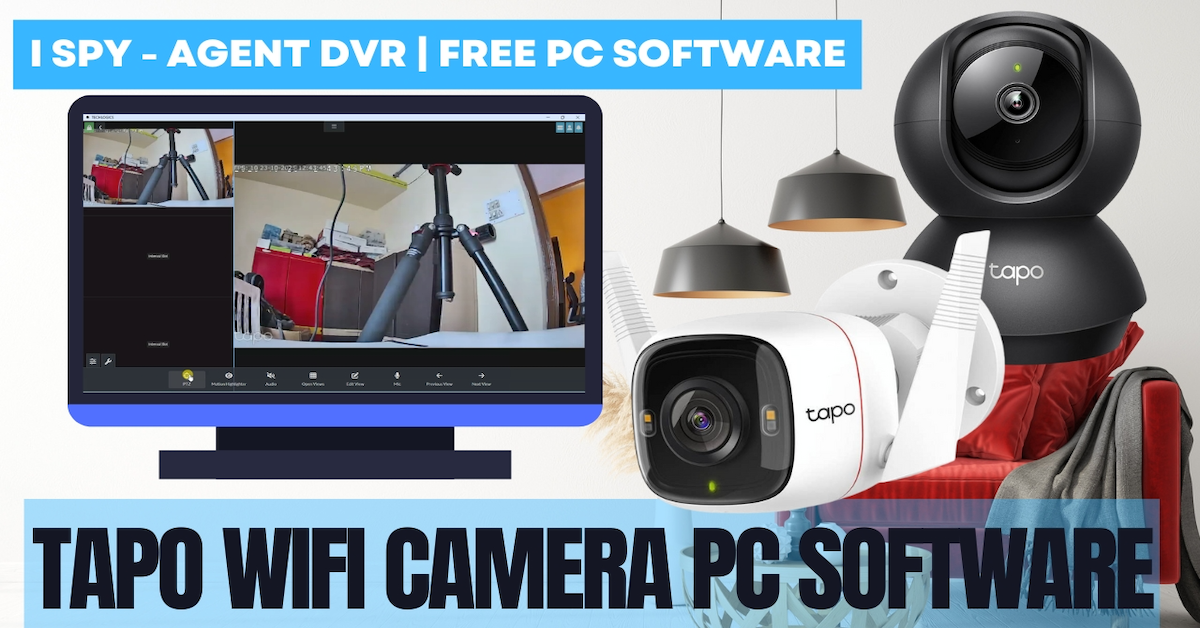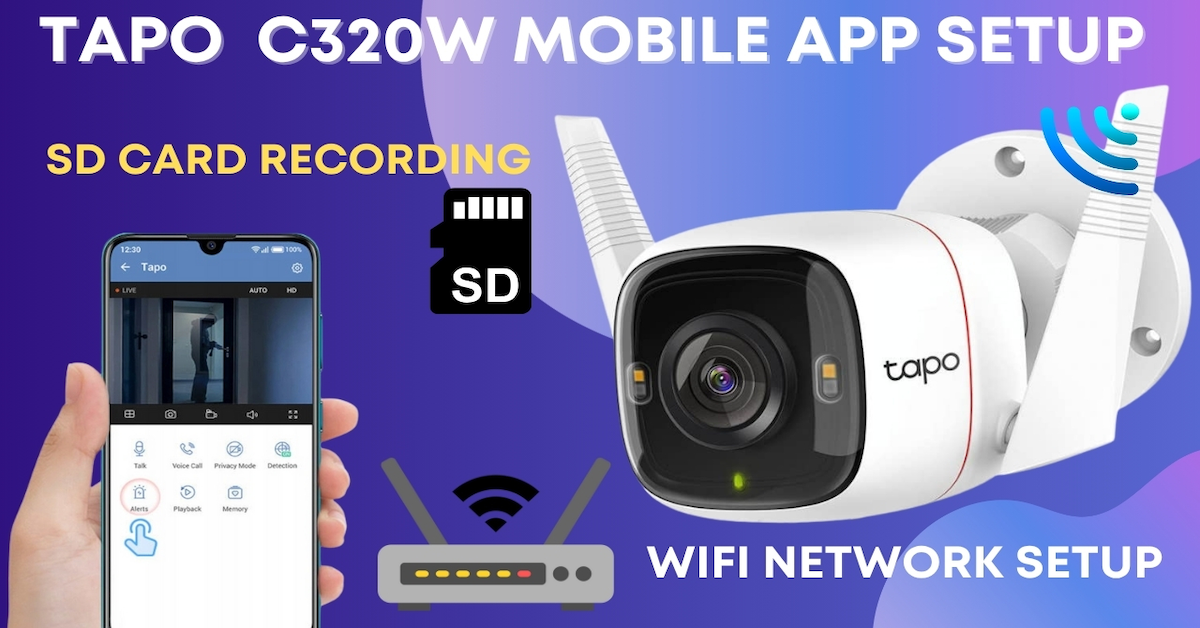Welcome to TECH LOGICS! In this comprehensive guide, we’ll walk you through the process of initializing and activating your new VIGI IP camera and configuring its IP address using the VIGI Config Tool. This setup is crucial for ensuring your camera is secure, properly configured, and easily accessible on your network. Whether you’re a first-time user or looking to streamline your setup process, this step-by-step tutorial has you covered.
Prerequisites for Setting Up Your VIGI IP Camera
Before diving into the setup, ensure the following:
- Your VIGI camera is connected to your network via a LAN cable.
- Your PC or laptop is connected to the same modem or router as the camera. This connection is essential for the VIGI Config Tool to detect and communicate with your camera.

Step 1: Download the VIGI Config Tool
To get started, you need to download the VIGI Config Tool. You can search for it on Google or use the direct download link provided below for convenience:
🔗 Download VIGI Config Tool Download
When downloading, you’ll notice two versions:
- Windows X86
- Windows X64
Most modern PCs use the X64 architecture, making it the default choice. If you’re unsure about your system type:
- Go to Settings > System > About on your Windows PC.
- Check the System type to confirm whether it’s 32-bit (X86) or 64-bit (X64).
Selecting the correct version ensures smooth installation and prevents compatibility issues.
Step 2: Install the VIGI Config Tool
- Extract the Setup File:
- The downloaded file may be in a ZIP folder. Extract the contents to a folder on your computer.
- Locate the setup file, typically named “VIGI Config Tool” or similar.
- Run as Administrator:
- Right-click the setup file and select Run as administrator. This grants the installer necessary permissions to make system changes, reducing the risk of installation errors.
- Complete the Installation:
- Follow the on-screen prompts to install the tool.
- Once installed, the VIGI Config Tool will launch automatically, and a shortcut icon will be added to your desktop for quick access.




Having the desktop shortcut makes it easy to launch the tool whenever you need to manage your VIGI cameras or adjust settings.
Step 3: Detect Your VIGI Camera
- Open the VIGI Config Tool and navigate to the Device Management page.
- Under the Discovered Devices section, the tool will automatically scan for VIGI cameras and devices connected to the same LAN network.
- This automatic detection eliminates the need to manually enter device details, saving time and ensuring accuracy.
- Identify your camera in the list of discovered devices. If the camera status shows Uninitialized, it needs to be set up with a user account and security settings.

Step 4: Initialize Your VIGI Camera
- In the Action section, click the Initialize icon next to your camera.
- A popup window will appear. Here’s what to do:
- Set a Password: The default username is admin. Create a strong password (e.g., Password@2025), ensuring it includes:
- At least one uppercase letter
- One symbol
- One number
- Enter an Email Address (optional): This is useful for password recovery.
- Confirm the password and click Next.
- Set a Password: The default username is admin. Create a strong password (e.g., Password@2025), ensuring it includes:
- Select Region and Time Zone:
- Choose the region and time zone that match your location to ensure accurate camera settings.
- Click Next.
- Set a Security Question:
- Choose a security question and provide an answer. This is critical for password recovery if you forget your login details.
- Click Complete to finalize initialization.


Once initialization is successful, the camera status will change to Initialized, indicating it’s secure and ready for further configuration.
Step 5: Configure a Static IP Address
To ensure consistent access to your camera, set a static LAN IP address:
- In the Action section, click the Configure Network icon.
- In the popup window:
- Enter the camera password you set during initialization.
- Input a static IP address that fits within your modem or router’s IP range (e.g., 192.168.1.100).
- Enter the gateway IP address, typically your modem or router’s IP (e.g., 192.168.1.1).
- Click Confirm to save the settings.




A static IP ensures a stable connection, simplifies remote monitoring, and prevents issues with dynamic IP changes.
Step 6: Access Your Camera via a Web Browser
- In the VIGI Config Tool, click the camera’s IP address, or manually enter it into your browser’s address bar (e.g., http://192.168.1.130).
- If you encounter a security warning:
- Click Advanced on the warning page.
- Select Proceed to [camera IP address] to bypass the warning.
- Log in using the credentials set during initialization:
- Username: admin
- Password: Your chosen password
Once logged in, you can view live footage, adjust settings, and perform administrative tasks.


Troubleshooting Tips
- Installation Issues: Ensure you’re running the setup file as an administrator and using the correct X86 or X64 version.
- Camera Not Detected: Verify that your camera and PC are connected to the same network.
- Browser Security Warnings: Bypassing the warning is safe for local network access, but ensure your camera’s password is strong to prevent unauthorized access.
What’s Next?
This guide covers the basics of initializing and configuring your VIGI IP camera. To explore advanced features like recording device integration, ONVIF setup, and more, stay tuned for upcoming tutorials in our series.
Final Thoughts
We hope this guide helps you set up your VIGI IP camera with ease! If you found this tutorial valuable, please share it with others, leave your feedback, or follow TECH LOGICS for more tech tips and tutorials. Your support inspires us to create more insightful content.
Thank you for being part of our community—stay tuned for more!
Keywords: VIGI IP camera, VIGI Config Tool, IP camera setup, Initialize VIGI camera, Set static IP address, Network camera configuration, Surveillance camera setup, Security camera tutorial, VIGI camera installation, Tech Logics, IP camera troubleshooting, Camera network setup, VIGI camera password setup, LAN camera configuration, Web browser camera access
